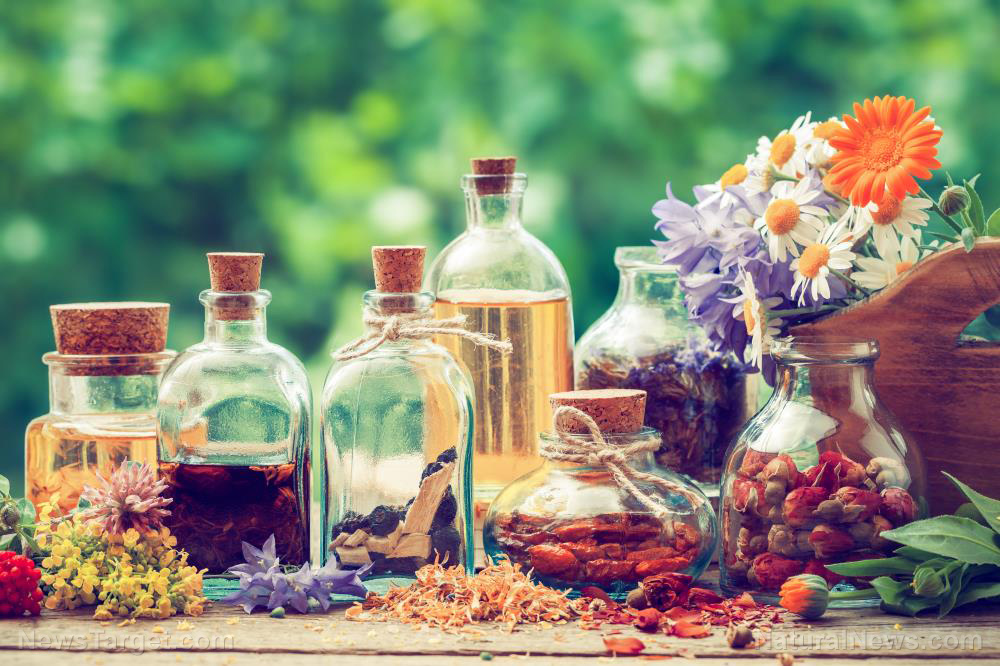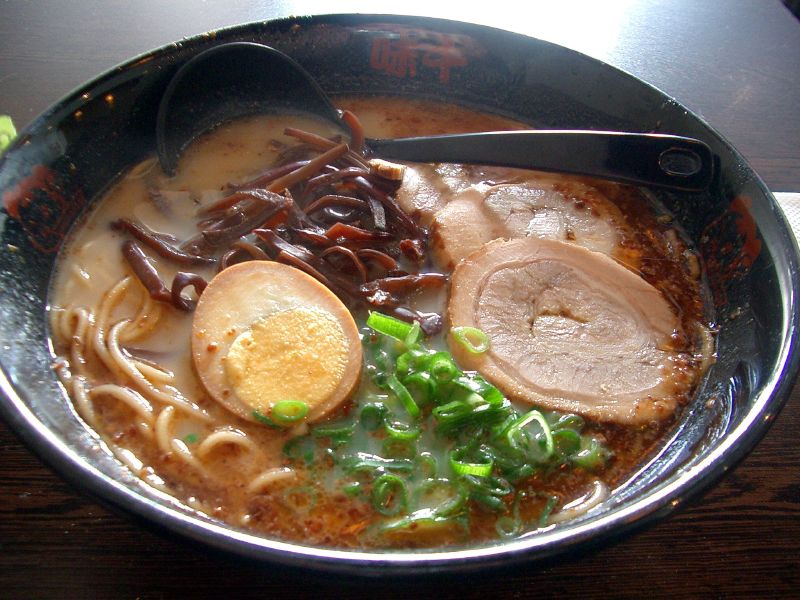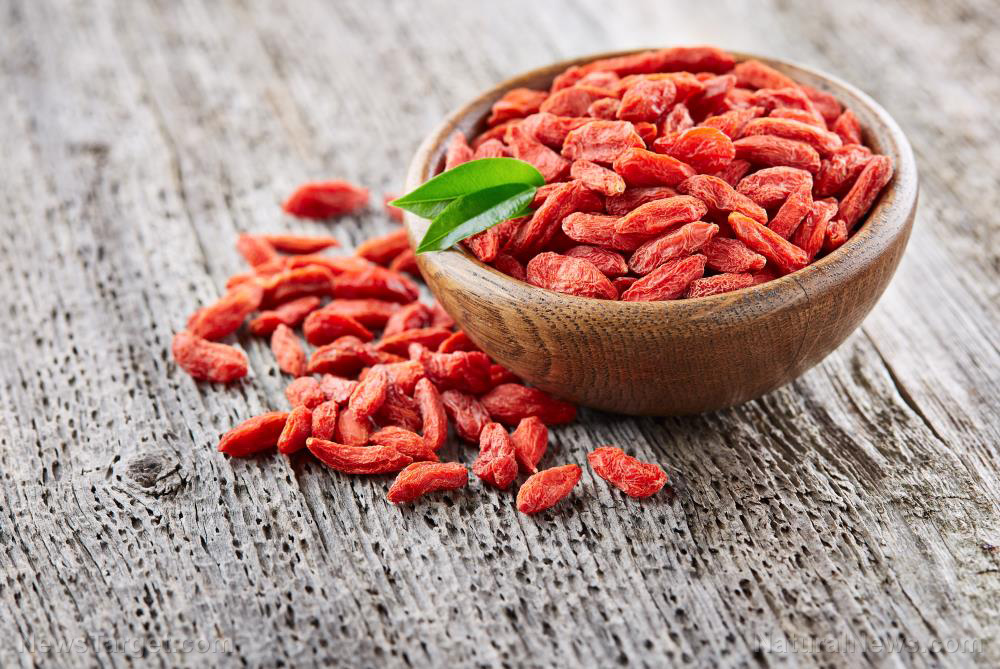Natural antibiotics: Harnessing nature’s powers to combat infections
08/10/2025 / By Willow Tohi

- Honey, garlic, ginger and oregano are among the most potent natural antibiotics, with proven antimicrobial effects.
- Historical use of these remedies spans millennia, from ancient Egypt to WWII, proving their reliability in crises.
- Practical applications include wound healing, infections and immune support via dietary and topical use.
- Caution is advised. Some remedies, like colloidal silver, carry risks, and professional guidance is recommended.
- Integrating herbal therapies with modern practices can enhance resilience against antibiotic-resistant superbugs.
In an era where antibiotic resistance threatens global health, nature’s arsenal of antimicrobial plants offers a lifeline. Countless cultures have relied on herbal remedies for millennia, and modern research now confirms their efficacy. These ancient solutions—honey suffusing wounds in ancient Egypt, garlic safeguarding soldiers in WWII—are resurging as critical tools amid rising drug resistance. For today’s health-conscious consumer, understanding these alternatives isn’t just a historical curiosity—it’s a lifeline in a world where antibiotics may one day falter.
Key herbal antibiotics: Ancient wisdom meets modern science
1. Honey: Nature’s golden healer
Raw honey, particularly Manuka varieties, creates a hostile environment for bacteria through acidity, hydrogen peroxide and osmotic pressure. Ancient Egyptian healers applied it to wounds, and today, modern studies validate its use in treating burns, ulcers and even MRSA. Applied topically, it accelerates healing by moisturizing tissues and inhibiting pathogens.
2. Garlic: The “Russian penicillin”
Garlic’s allicin content—a sulfur compound—neutralizes bacteria, fungi and viruses. During WWII, Soviet medics used crushed garlic to disinfect wounds, saving lives when penicillin was scarce. Internally, garlic combats gut infections and sinusitis, while topical application (limited to avoid skin irritation) aids wound healing.
3. Ginger: More than a digestive aid
Beyond soothing upset stomachs, ginger contains compounds like gingerol, which inhibit Streptococcus and Staphylococcus. Its anti-inflammatory properties make it ideal for respiratory infections. Studies show ginger tea reduces fever and accelerates recovery from gastrointestinal ailments.
4. Echinacea: Immune system catalyst
Native American tribes revered echinacea for its ability to boost immunity and combat infections. Modern research confirms it stimulates white blood cells and inhibits bacterial growth in respiratory tracts. Taken early at the first sign of illness, it can suppress viral and bacterial threats.
5. Thyme and oregano: Culinary superstars with fight power
These herbs contain carvacrol and thymol, potent antimicrobials effective even against drug-resistant MRSA. Thyme tea soothes sore throats, while oregano oil (diluted for topical use) acts as a potent antiseptic. Steam inhalation provides relief for nasal infections.
6. Clove: A spice with a punch
Clove oil, rich in eugenol, has long been used in dentistry to numb pain and combat oral infections. Its antibacterial properties also make it effective against skin conditions like acne and athlete’s foot, albeit with limited topical application due to potency.
Surviving without phantom pills
Before penicillin’s 1940s breakthrough, survival hinged on nature’s bounty. Civil War surgeons leveraged maggot therapy, using blowfly larvae to clean necrotic wounds—a practice now revived in modern medicine. Dakin’s Solution (a dilute bleach mixture) sterilized injuries in WWI, while fermented foods like sauerkraut bolstered gut health for voyagers. These methods were not just stopgaps but foundational practices that saved countless lives when no alternatives existed.
Practical applications and safety considerations: Using herbs responsibly
- Wound care: Honey and garlic-honey pastes bolster healing, while turmeric’s curcumin soothes inflammation. Dakin’s Solution (1 part bleach to 100 parts water) sanitizes severe injuries.
- Internal infections: Garlic cloves, echinacea tinctures and ginger-infused teas fight systemic bacteria and support immunity.
- Cautions: Colloidal silver risks skin discoloration; oil of oregano may burn mucous membranes. Always perform allergy tests (e.g., lateral arm patch) before topical use.
The “silver lining” (literally)
Silver-based ointments have merit for burn care, but oral ingestion is risky—argyria’s blue-gray skin discoloration is permanent. Never substitute herbal treatments for severe infections without professional consultation.
The future of medicine lies in the past
As antibiotic-resistant pathogens evolve, nature’s remedies offer a dual advantage: they complement modern medicine and act as standalone solutions in crises. By leaning on herbs like honey and garlic, we reconnect with survival strategies honed over generations. The key is education—knowing when to apply thyme steam, when to irrigate with Dakin’s Solution, and when to prioritize hospital care. In a post-antibiotic world, preparedness isn’t just about stockpiling pills—it’s about mastering nature’s medicine.
Sources for this article include:
Submit a correction >>
Tagged Under:
alternative medicine, Censored Science, Cures, garlic, ginger, healing, Herbs, honey, immune system, natural antibiotics, natural health, oregano, plant medicine, remedies, wound care
This article may contain statements that reflect the opinion of the author





















